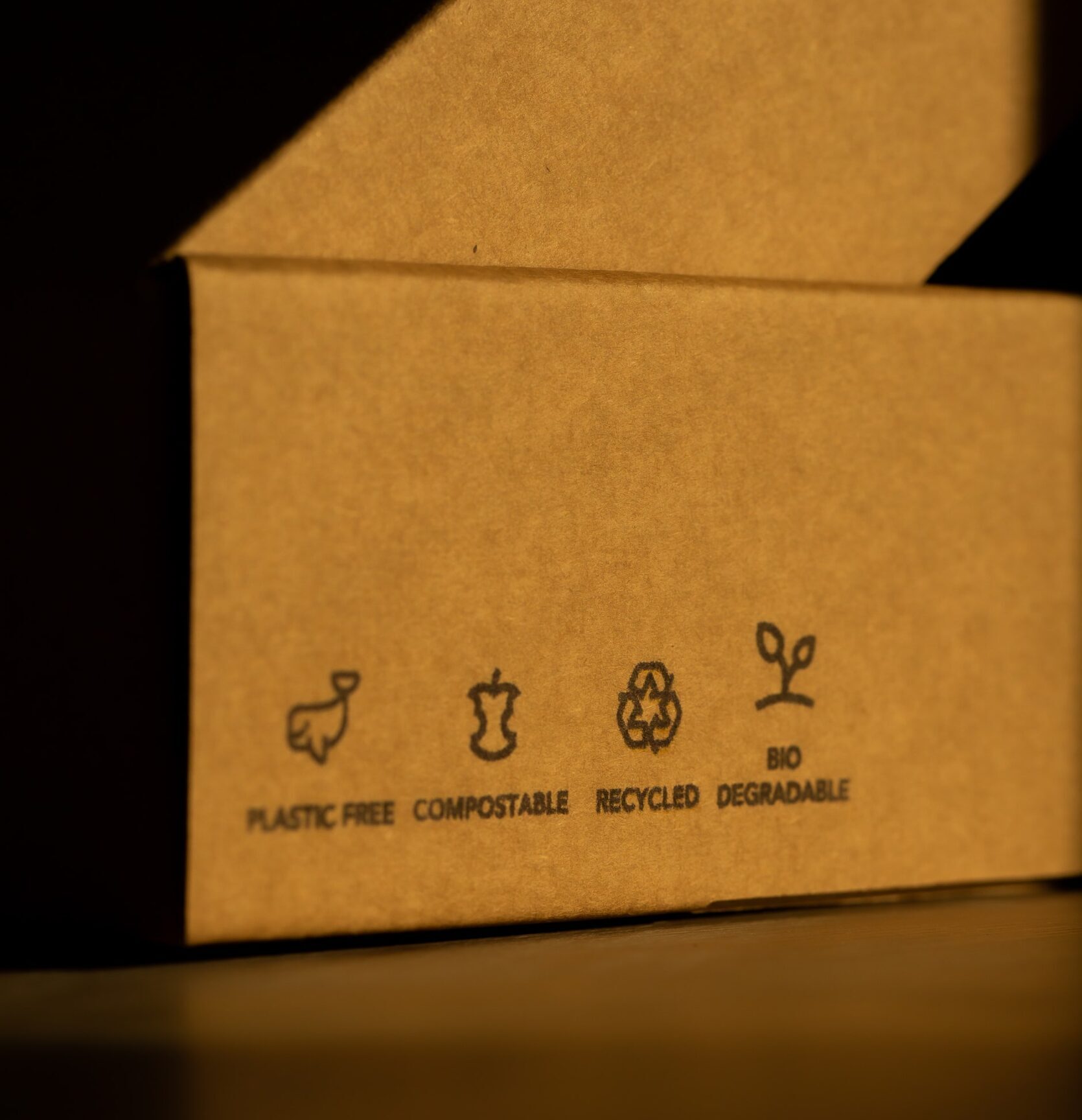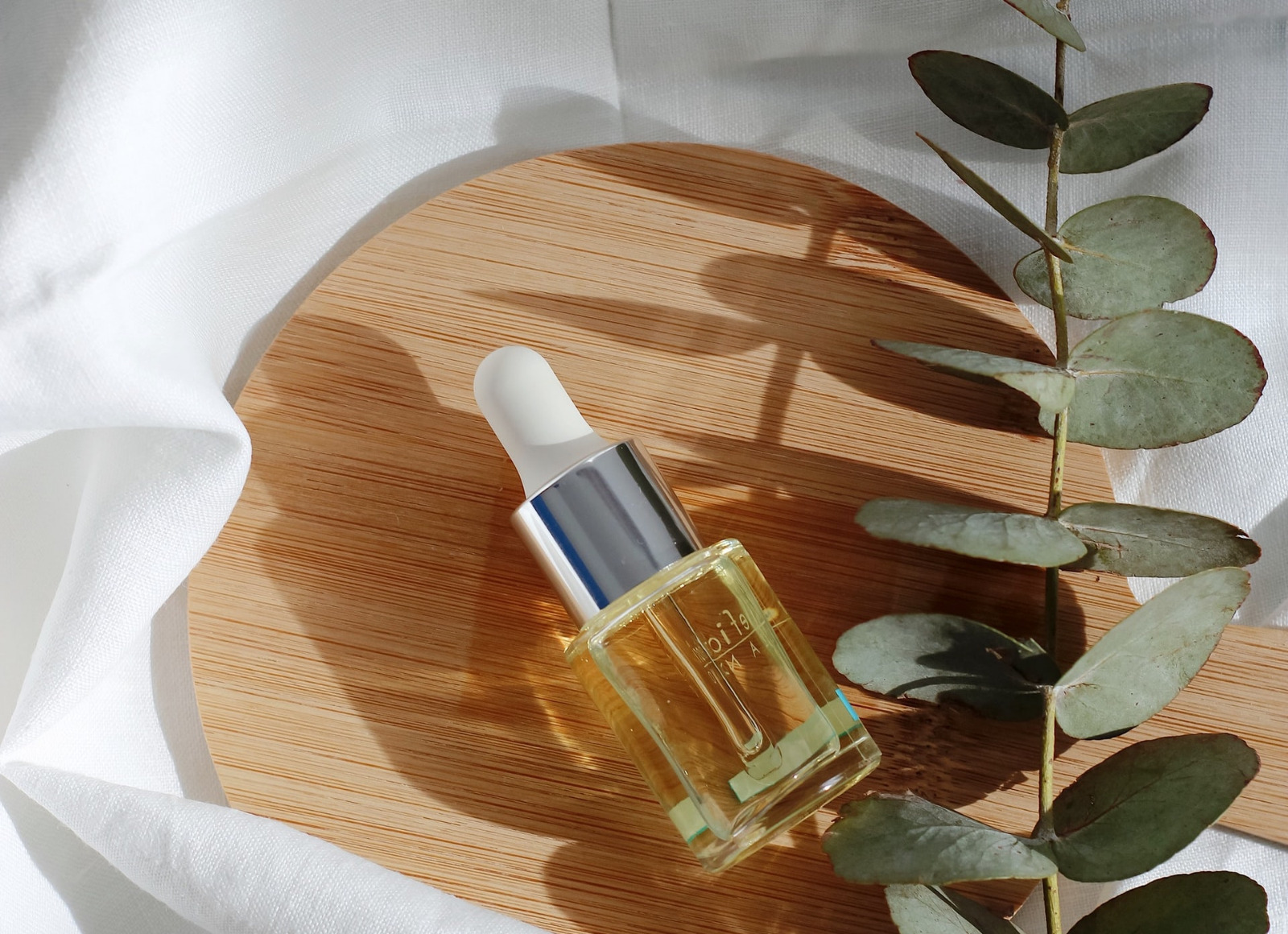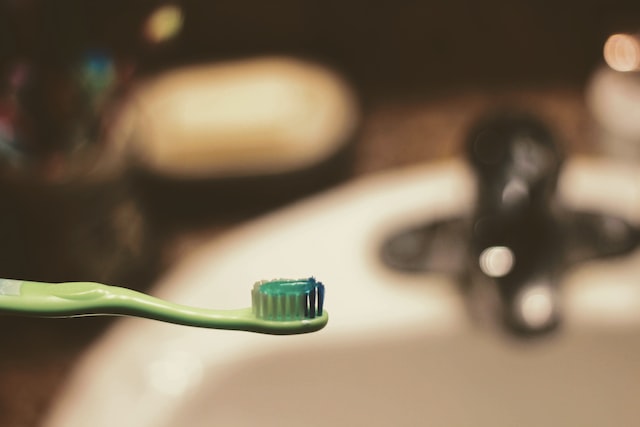What’s new?
On 27 March 2025, the Scientific Committee on Consumer Safety (SCCS) adopted the Scientific Advice on Benzophenone-2 (BP-2) and Benzophenone-5 (BP-5) as substances with potential endocrine disrupting properties.
The Scientific Advice was conducted following the European Commission’s established framework for evaluating substances with potential endocrine disrupting properties, building upon previous assessments of related benzophenone derivatives including Benzophenone-1 (deemed unsafe in March 2025) and Benzophenone-3 (restricted in July 2022).
This assessment was requested by the European Commission in light of technical and scientific progress, available scientific literature, and relevant in silico tools, with particular focus on concerns related to potential endocrine disrupting properties of these UV filter ingredients.
Main conclusions
Benzophenone-2 (BP-2) – CAS No. 131-55-5:
The SCCS could not conclude on the safety of Benzophenone-2 in cosmetic products due to multiple unresolved safety concerns, such as:
- Genotoxicity potential cannot be excluded based on available data
- Limited or unavailable data on repeated dose toxicity and reproductive toxicity
- Confirmed endocrine-active substance with clear demonstration of estrogenic activity both in vitro and in vivo
- Consumer risk identified due to indications for genotoxicity and endocrine activity
Benzophenone-5 (BP-5) – CAS No. 6628-37-1:
The SCCS considers BP-5 safe when used as a UV filter up to 5% in specified cosmetic products, based on read-across assessment from Benzophenone-4 (BP-4) data, as follows:
- Maximum 5% in sunscreen products
- Maximum 5% in face and hand cream
- Maximum 5% in lipstick
- Maximum 5% in sunscreen propellant spray and pump spray
- When used separately or in combination (based on deterministic aggregated exposure assessment of BP-4)
What now?
Comment period deadline closed on 17 June 2025.
- Industry comments on the preliminary Scientific Advice have been submitted
- SCCS will review stakeholder feedback during upcoming working group meetings
- Final Scientific Opinion expected following comment evaluation
Anticipated Regulatory Timeline:
Short-term (6-12 months):
- Final Scientific Advice publication incorporating industry comments
- European Commission regulatory proposal for BP-2 restrictions
Medium-term (12-24 months):
- Amendment to Cosmetics Regulation likely adding BP-2 to Annex II (List of Prohibited Substances)
- Implementation timeline typically provides 18-24 months for industry compliance







